Yoga is a journey that connects the mind, body, and soul, offering various styles to suit individual needs and preferences. Among the most popular forms of yoga are Vinyasa, Hatha, and Ashtanga. While they all share the same foundation of breathing and body movement, each has its own unique characteristics, focus, and level of intensity.
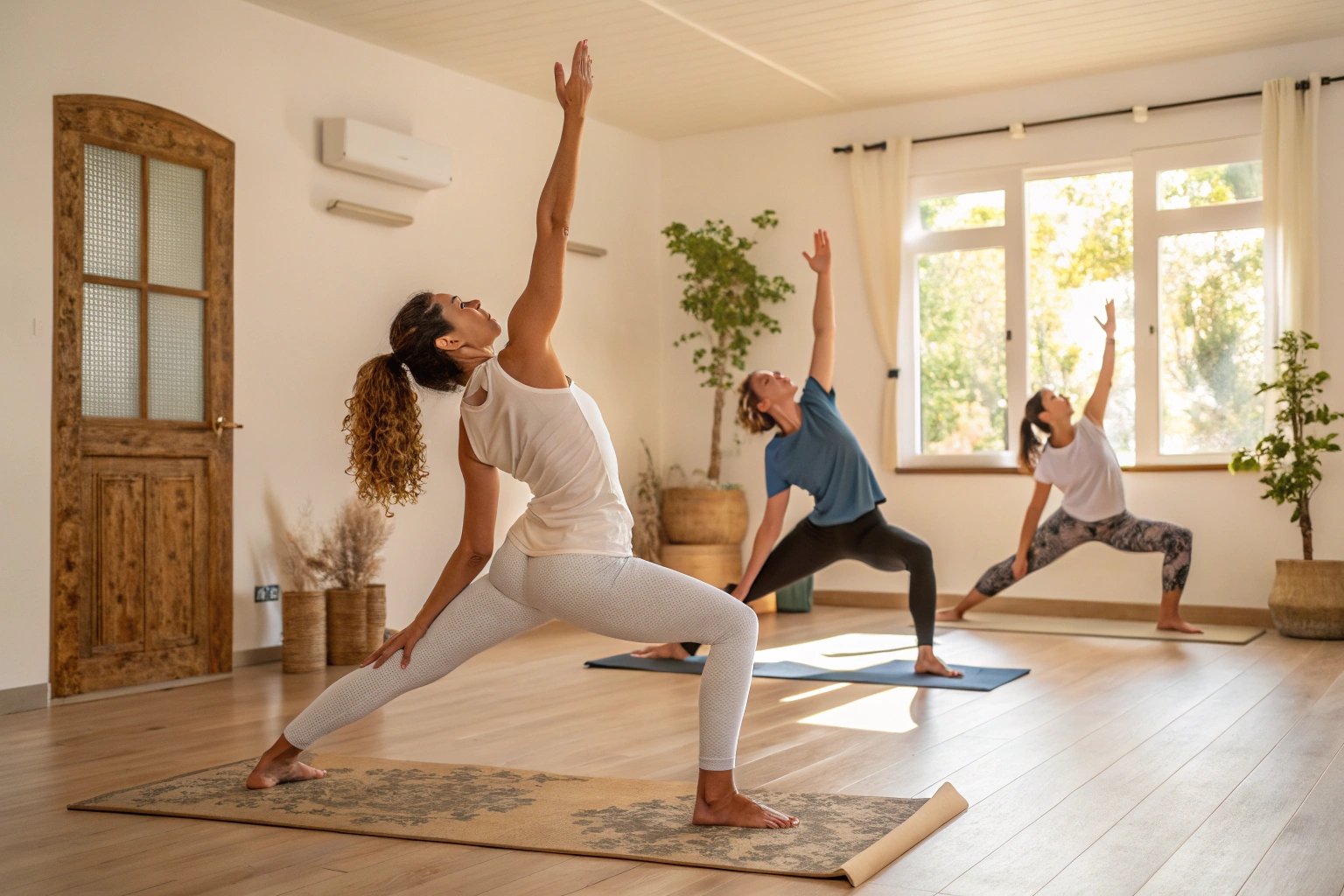
Vinyasa, Hatha, and Ashtanga cater to different audiences, each offering something special based on personal goals, from mental clarity to physical endurance. Whether you’re looking for a gentle approach to flexibility or a challenging series of poses to build strength, understanding the distinctions between these three can help you make a more informed choice for your practice.
What is the difference between Ashtanga and Vinyasa and Hatha yoga?
When comparing Ashtanga, Vinyasa, and Hatha yoga, the key differences are rooted in their approach, pace, sequence of postures, and overall focus.
Vinyasa Yoga

Vinyasa yoga is characterized by flowing, dynamic movements that are coordinated with the breath. In Vinyasa, each movement is linked to an inhale or exhale, creating a rhythm that flows smoothly from one posture to the next.
Why It’s Great: Vinyasa is ideal for people who enjoy a challenge, rhythm, and building strength through continuous movement. It’s a cardiovascular workout that promotes mental and physical balance, perfect for those who want both flexibility and endurance.
- Best For: Those who seek dynamic, sweat-inducing routines with a focus on breath and fluid movement.
Hatha Yoga
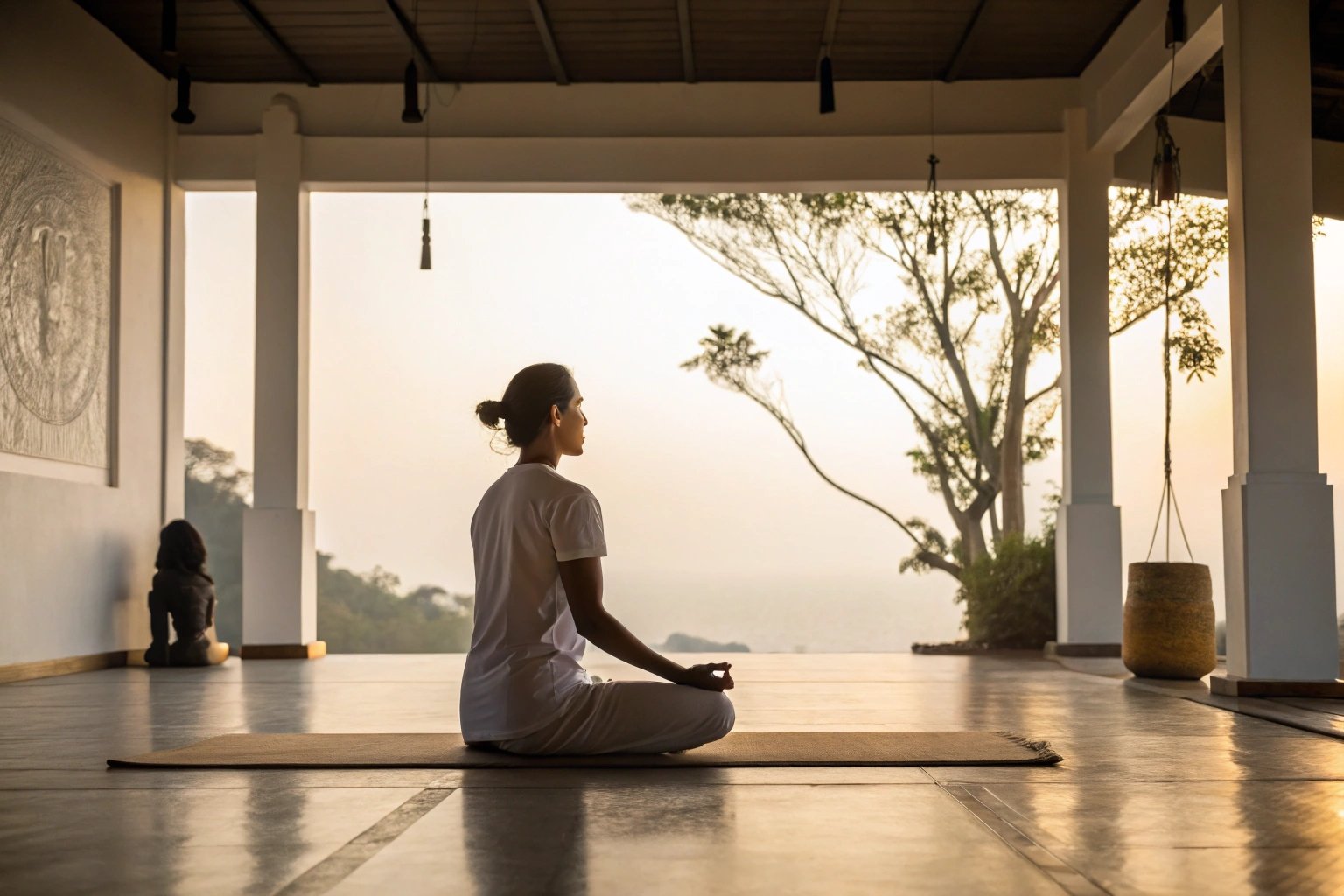
Hatha yoga is the most traditional form of yoga, often described as the foundation of all yoga practices. It focuses on basic postures, breathing exercises, and techniques to calm the mind and body. Hatha tends to be slower-paced and is suitable for beginners or anyone looking to explore foundational poses.
Why It’s Great: Hatha yoga is perfect for those who want to relax, unwind, and release emotional tension. It provides a great introduction to the basics of yoga, offering a slower, more controlled approach.
Ashtanga Yoga
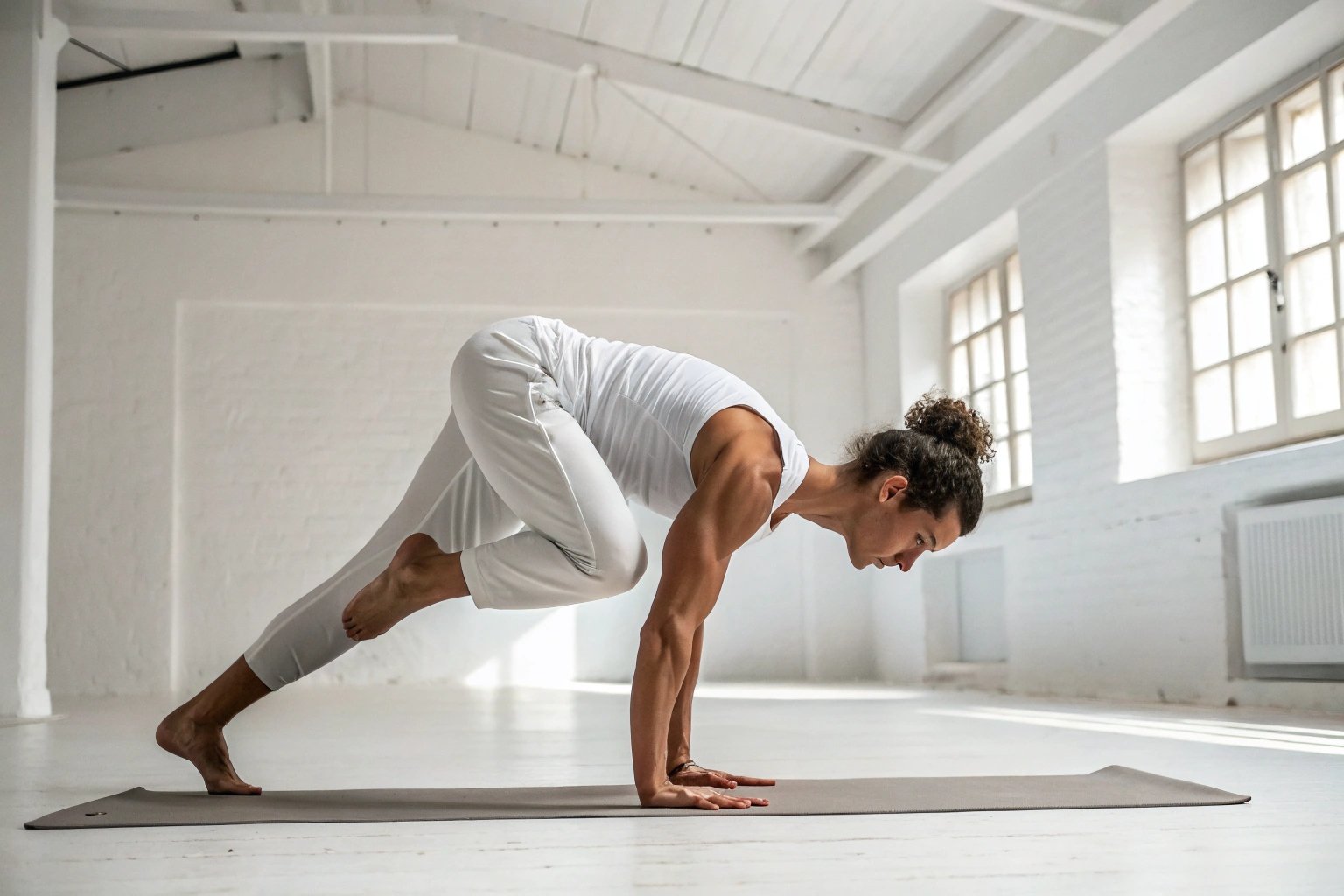
Ashtanga yoga is a rigorous style that follows a set sequence of poses, with each movement synchronized to breath. The practice is known for its discipline, and it includes a series of challenging poses that help build strength, flexibility, and stamina.
Why It’s Great: Ashtanga is perfect for those who are serious about their yoga practice and want a structured, disciplined approach. It’s a full-body workout that requires dedication and focus, making it suitable for those looking to push their limits.
What are the 7 types of yoga?
Yoga is not a one-size-fits-all practice, and different styles cater to a variety of needs and goals. Below are seven major types of yoga practiced around the world:
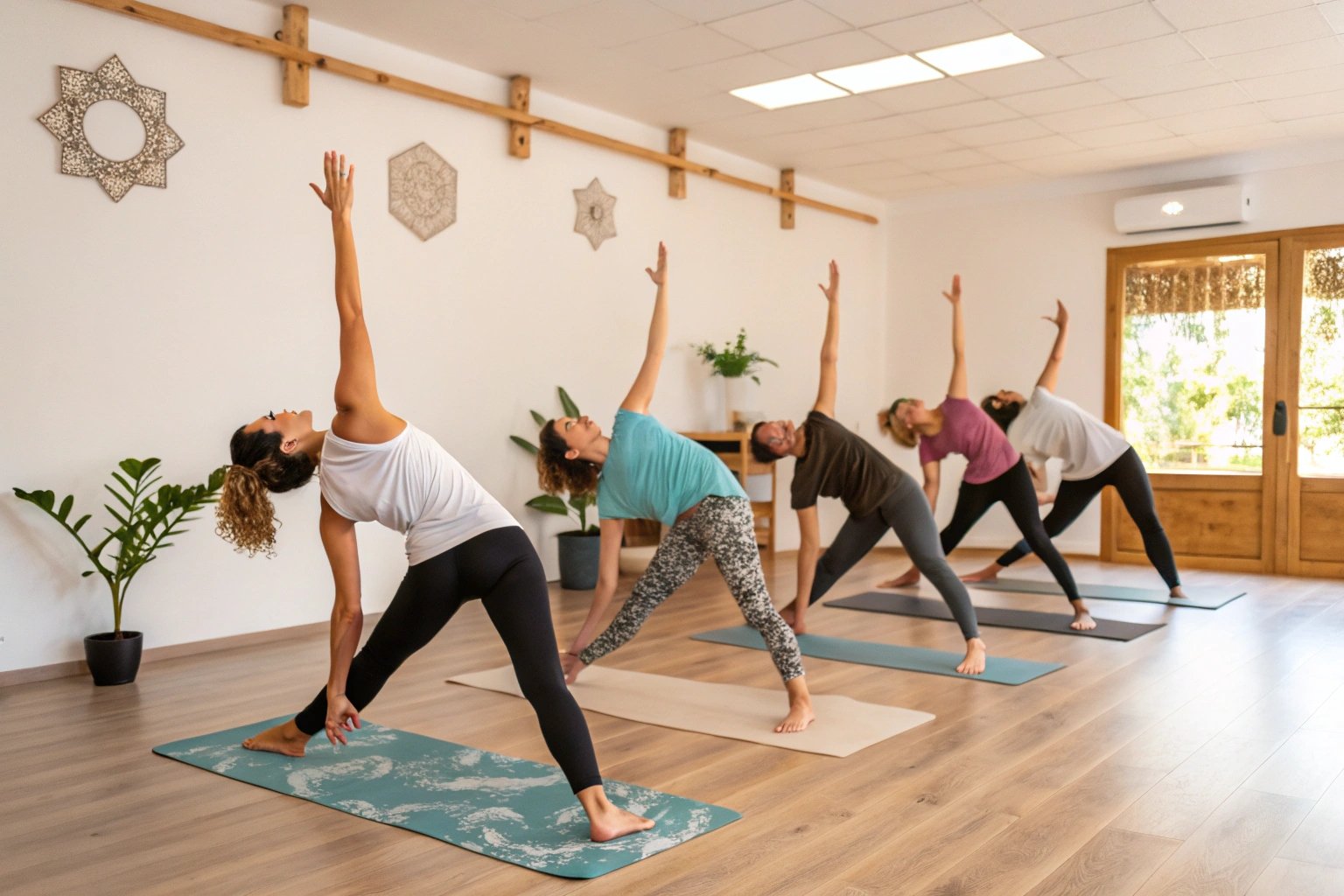
Vinyasa Yoga – Known for its flow and synchronization of movement and breath.
Hatha Yoga – A slower-paced practice that focuses on foundational poses and breathwork.
Ashtanga Yoga – A fast-paced, rigorous form of yoga that follows a set sequence of poses.
Iyengar Yoga – Emphasizes precise alignment and often uses props for support.
Bikram Yoga – Practiced in a heated room with a set sequence of 26 poses.
Kundalini Yoga – Focuses on awakening energy through dynamic movements, breathwork, and chanting.
Yin Yoga – A slower, meditative style of yoga focusing on holding poses for extended periods to target deep connective tissues.
Which is harder, Ashtanga or Vinyasa?
The difficulty level between Ashtanga and Vinyasa yoga can depend on individual experience and preference, but generally, Ashtanga is considered the more intense of the two.
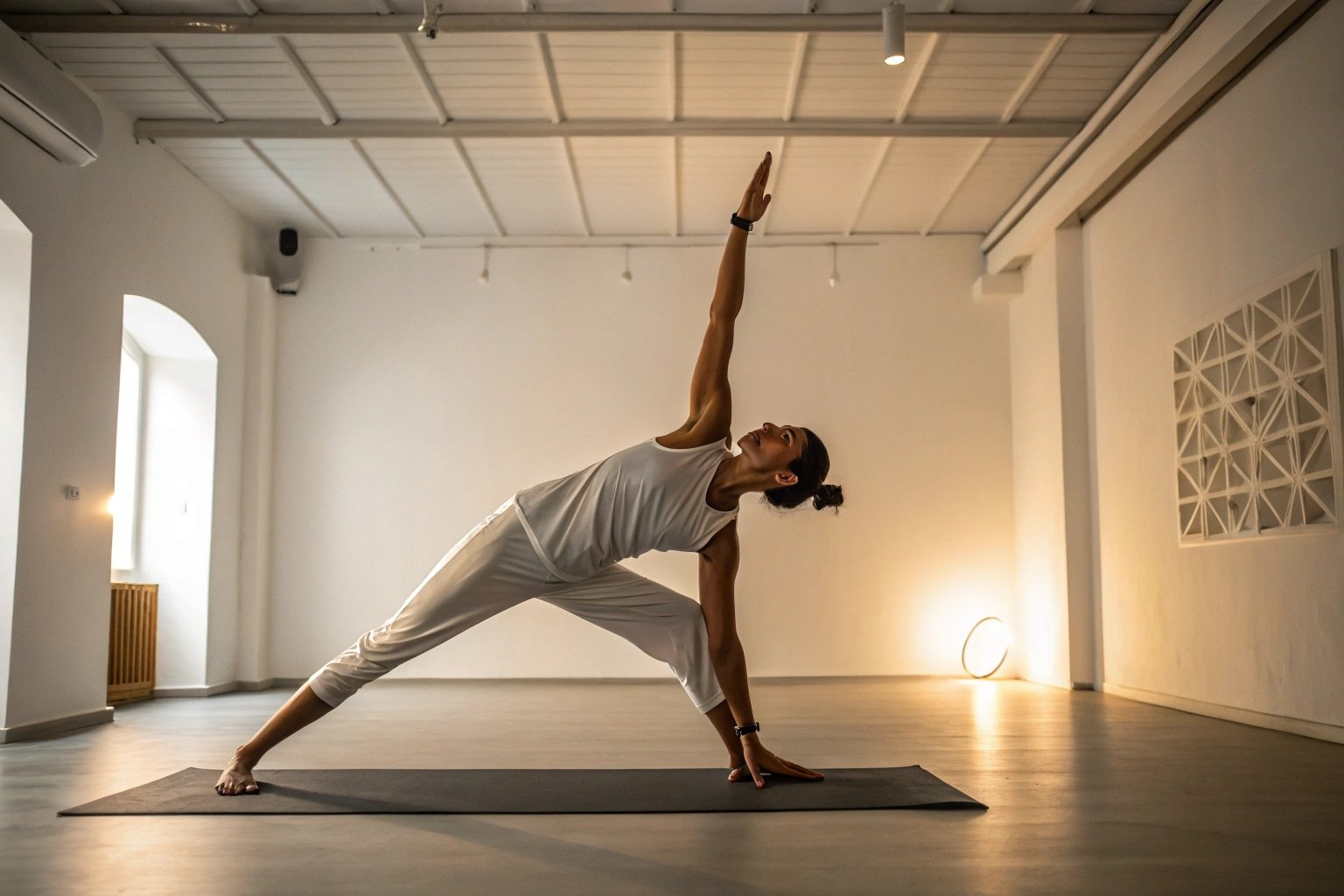
Ashtanga yoga follows a strict sequence of poses, and its intensity comes from the set routine that you are expected to perform every time, pushing your limits with each class. This structure can be mentally and physically challenging, especially for beginners.
Vinyasa, on the other hand, offers more flexibility in the class structure, allowing for creative freedom from one session to the next. While it can still be quite intense, especially in faster-paced classes, it does not require the same level of discipline or adherence to a fixed series of postures.
What are the 8 main types of yoga?
In addition to the seven types of yoga mentioned, there are eight key elements of yoga, known as the "8 Limbs of Yoga" that encompass the full philosophy and practice of yoga. These include:
Yama – Ethical guidelines for how we relate to others.
Niyama – Personal discipline and self-care practices.
Asana – The physical postures of yoga.
Pranayama – Breath control techniques.
Pratyahara – Withdrawal of the senses, focusing inward.
Dharana – Concentration and focus.
Dhyana – Meditation and mindfulness.
Samadhi – Enlightenment or union with the divine.
How to Choose the Right Yoga Style for You?
Choosing the right style depends on your physical abilities, mental goals, and personal preferences. Here’s how to decide:
- Vinyasa Yoga: Choose this if you like fast-paced, challenging, and dynamic practices that build strength and stamina.
- Hatha Yoga: Perfect for those seeking emotional healing, relaxation, and a slower-paced practice to get acquainted with the basics.
- Ashtanga Yoga: Ideal for those with a disciplined approach who want to follow a fixed sequence and push their physical and mental limits.
Yoga for Stress Relief vs. Fitness
Yoga is not just about flexibility or strength; it’s also about mental health and stress relief. Hatha and Yin Yoga are perfect for those seeking emotional balance and relaxation, while Vinyasa and Ashtanga work well for those looking for a fitness-driven approach to relieve stress and clear the mind.
Conclusion
Understanding the differences between Vinyasa, Hatha, and Ashtanga yoga can help you choose the practice that best fits your needs, whether you’re looking to challenge your body, relieve stress, or find emotional balance. Each yoga style offers a unique experience, so it’s important to explore different practices to find what resonates with you.
With its growing popularity, yoga offers something for everyone. From the energetic flow of Vinyasa to the disciplined structure of Ashtanga, and the peaceful healing of Hatha, there is a style of yoga that can support your journey to a stronger, more balanced life.

